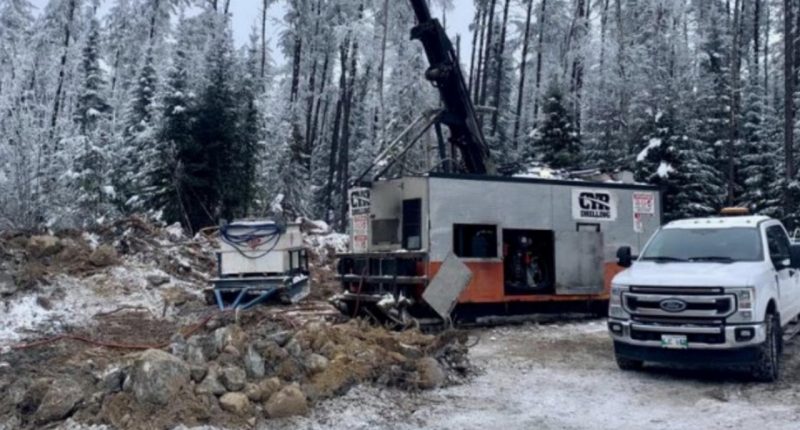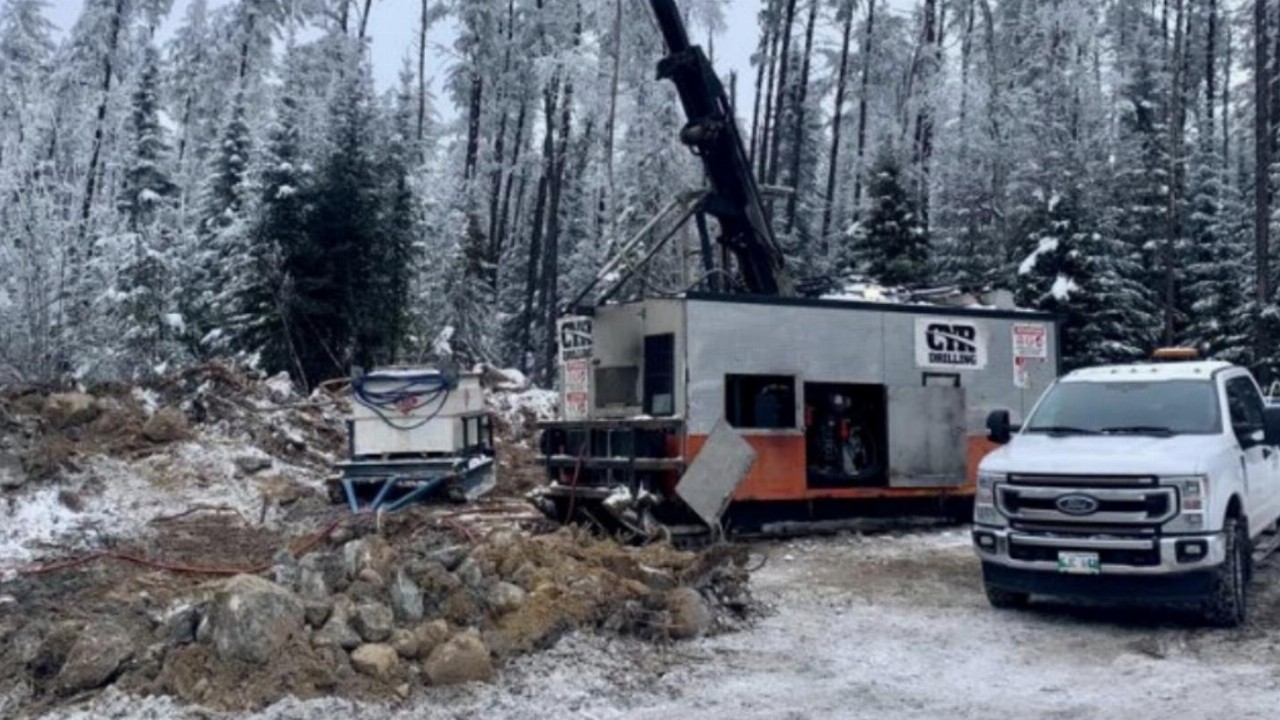It’s springtime in North-Western Ontario. At Mavis Lake, on the doorstep of Trans-Canada Highway 17, near the small town of Dryden, the spruce and pine have shaken their white winter coats. Critters and geologists alike emerge from their dens and hollows. The whole place exudes new life and fresh opportunity.
With the snow melt comes visual reminder of this country’s tremendous mineral endowment potential, and the reason why we’re (Critical Resources, ASX:CRR) here – multiple, large outcrops of pegmatite rock, the crystal-like structure of spodumene clearly visible. Spodumene is the natural host of a key ingredient for a decarbonised future, lithium.
After breaking new ground 13 months ago, we recently became just the second company to announce a JORC-compliant mineral resource estimate in Ontario, and the first in Canada during the current cycle.
Right now, our field team’s mapping an 8-kilometre stretch of promising pegmatite clusters within the Mavis Lake precinct. Their mission – to identify priority targets for the summer drill campaign. This is in addition to ongoing extension and infill drilling at our main zone. It’s about growing the resource, upgrading the resource category, and doing all the things necessary to position the project for the next phase.
We’re among more than 400 lithium projects in Canada, an increasing number being led by Aussie explorers who see the potential of northern exposure.
In terms of Minecraft 101, Canada ticks the boxes – a highly prospective tier-one location, a supportive and mature regulatory environment, an experienced workforce with mining in their blood, good transport infrastructure and a low-emission starting point thanks to abundant (and affordable) hydropower.
On the flip side, this very much remains frontier land for lithium. Only a handful of us have JORC-compliant resources and none are in production (in Ontario). I’m convinced this will change.
For starters, physical proximity to a lithium-hungry market is a huge advantage. The North American electric vehicle market is booming. ZF Group, the world’s third-largest parts supplier, expects that EVs will represent half of all vehicles assembled in the US within seven years.
General Motors has embarked on a $10.5 billion expansion and construction program across four Michigan manufacturing sites – building new facilities dedicated to EV production. In Ontario, Volkswagen will spend a similar amount on a battery gigafactory in St Thomas. Other big automotive names are following suit with record-breaking capital outlays.
However, the real reason to be buoyant about the future of North America’s emerging critical minerals sector is the proactive approach of governments at all levels. In Canada and the United States, we’re seeing multi-faceted policies aimed at fostering domestic manufacturing and maximising local benefits at all stages of the value supply chain, this includes considerable support for in-country mineral processing. These policies are also being supported by large, hard-dollar investments and financial support.
Launching Canada’s $4 billion critical minerals strategy last year, Natural Resources Minister Jonathan Wilkinson’s justification could not have been clearer – “Simply put, our future depends on critical minerals.” He’s right, there’s no energy transition without critical minerals.
Across the Great Lakes, this sentiment has been hardwired via legislation such as the US Inflation Reduction Act, offering everything from financial incentives for EV customers and credits for new and existing manufacturing facilities, to grants to deploy zero emission heavy-duty vehicles; the Bipartisan Infrastructure Law (including $11 billion to build a national network of half a million EV chargers); and the CHIPS and Science Act to boost domestic EV semiconductor manufacturing.
Furthermore, government support for car manufacturers is conditional on sourcing a percentage of battery minerals from the United States or countries with whom they have a free trade agreement – good news for both Australian and Canadian lithium plays.
These policies move way beyond the electoral cycle. They recognise, prepare for and seek to harness the opportunities presented by seismic shifts in technology and their societal consequences.
By comparison, there’s been a lot of commentary about the modest level of critical minerals investment for the Australian sector in the recent Federal Budget.
While it’s unrealistic to be able to match the level of government support outlined by our northern neighbours, we can strategically target areas of the value chain where we can be competitive. In the case of a company like ours, it’s about applying our exploration and development know-how to help unlock raw material potential with like-minded global partners, and ensuring Australia has a front seat as we embark down the EV superhighway.








